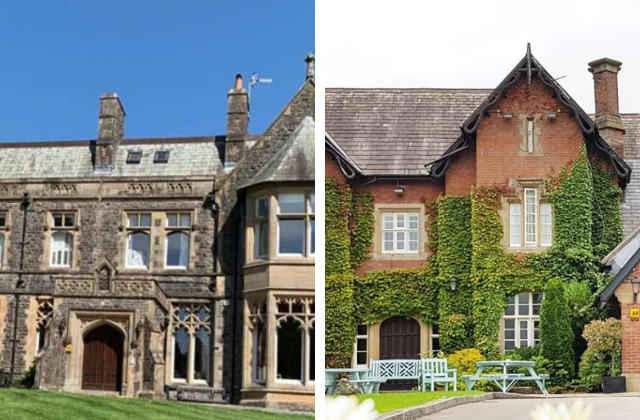A number of new permitted development rights have recently been introduced. One of the changes seeks the upward extension of existing blocks of flats.
Which properties qualify?
The new permitted development right is for “new dwelling houses on detached blocks of flats” and allows construction of up to two additional storeys. Before any development can take place, the developer must apply to the council to determine whether prior approval is required.
The criteria include:
- The existing building must be a purpose-built block of flats
- It must have been built between July 1, 1948 and March 5, 2018
- The new storeys must comprise residential flats
What other restrictions are there?
It applies only to buildings consisting of separate and self-contained premises constructed as dwellings. They must have been built purposefully as flats and the building must not share a party wall with a neighbouring building.
The permitted development right is not available to buildings which are mixed use or listed.
The additional storeys:
- Cannot exceed three metres in height, or the height of any existing storey.
- The height of the extended building must not exceed seven metres above the existing roof.
- The building must not exceed 30 metres in height.
Will it prove useful?
The restrictions could limit the appeal of the permitted development right to developers looking to use it to create large numbers of new homes. For example, city centre apartment blocks often have a ground floor retail element or share party walls. However, the new right for extending upwards is likely to appeal to some looking to expand individual blocks of flats.
- To read this feature in full and access further Lancashire business news, advice and analysis subscribe to Lancashire Business View magazine or join the LBV Hub from just £2.50 per month. Click here to subscribe now.
Enjoyed this? Read more from Paul Walton, PWA Planning






















